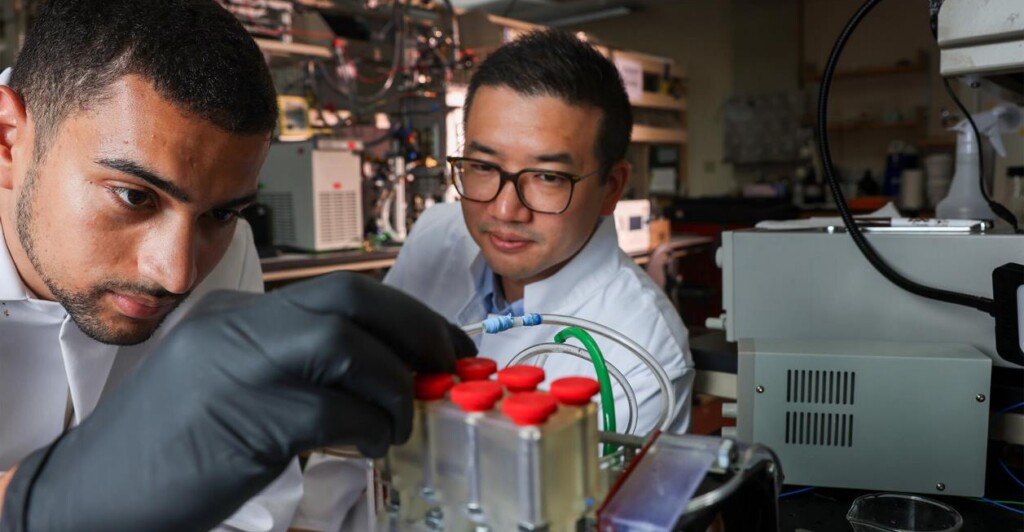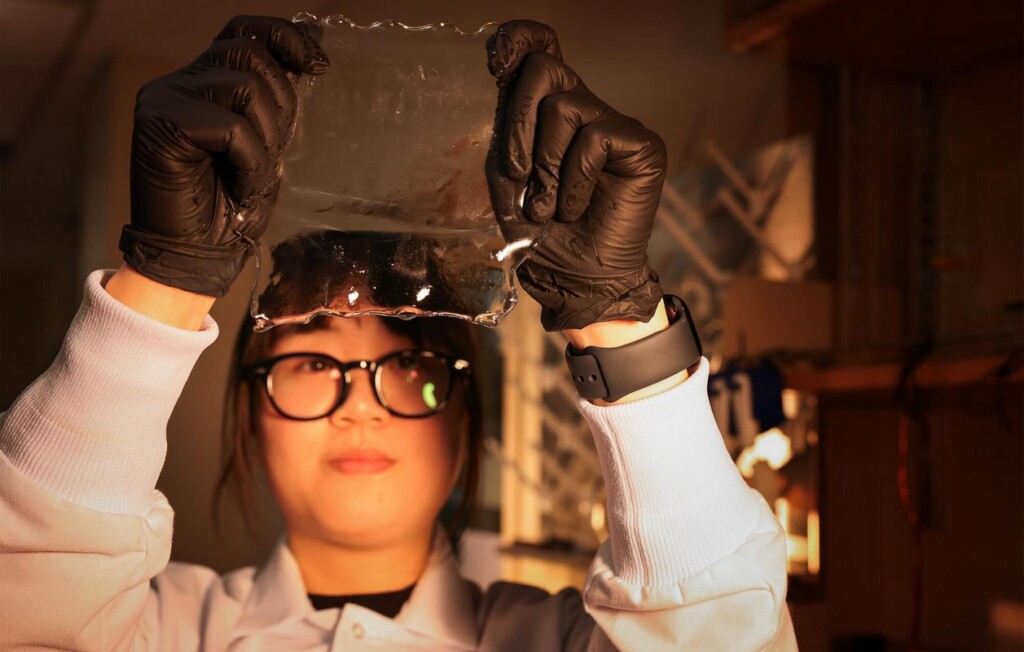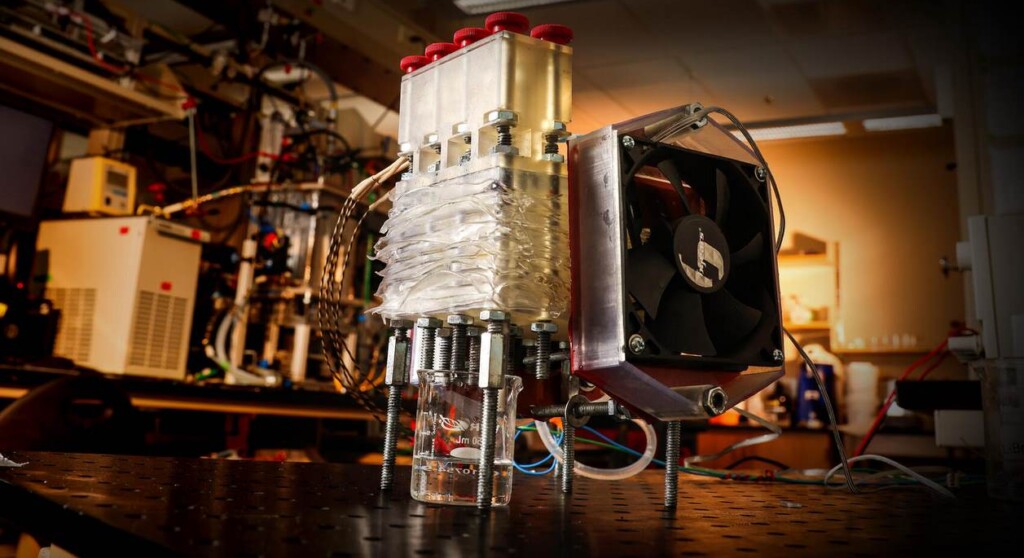"Dream, Dream, Dream! Conduct these dreams into thoughts, and then transform them into action."
- Dr. A. P. J. Abdul Kalam
"Dream, Dream, Dream! Conduct these dreams into thoughts, and then transform them into action."
- Dr. A. P. J. Abdul Kalam
4 Nov 2024
A group of engineers from the University of Las Vegas is set to transform the way water is delivered in arid regions with government support. Instead of just sitting on a bench in a lab, their innovative technology is already making its way to the market and extracting liters of water per day from the air around us. Known as a "watershed moment," H. Jeremy Cho, a professor of mechanical engineering at UNLV, looked at all the ways that contemporary societies employ technology to extract water from the air and thought he could significantly improve it.

(Source: Google Images)
Professor Cho drew inspiration from nature itself. Cho's concept is based on a hydrogel membrane that was influenced by the skin of frogs and some plants. “There are so many cool things happening in nature—you just have to look around, learn, and be inspired.” ~ they believe in this mindset. However, in an area as arid as Las Vegas, how much water could actually be extracted from the atmosphere? That is a question that pops up in the heads of diverse audiences that hear this new concept. According to Cho, the 30 feet of air nearest to the ground receive roughly the same amount of moisture from the hundreds of millions of gallons of water that Clark County uses daily. Cho urges people to consider the atmosphere to be a vast, unseen river.

(Source: Google Images)
Cho received a significant grant for his research from the National Science Foundation's Southwest Sustainability Innovation Engine (SWSIE), which spun off WAVR, a UNLV company and the first of its kind. With so much water accessible, WAVR's patented technology has the potential to be a game-changer for the Southwest since it can catch five times as much water as any other atmospheric water harvesting device. According to the initial study on the WAVR devices, under specific circumstances, the dry air of Las Vegas might produce 0.75 to 1.5 gallons of water per square meter of membrane every day.
What was told in that specific paper ~ "This paper clearly shows that water can be captured very quickly," Cho remarked. "We can begin to predict how big of a system we would need to produce a set amount of water," he added. In Las Vegas, we can produce roughly one gallon of water each day with one square meter, or roughly three feet by three feet. In humid conditions, that amount can increase by up to three times.

(Source: Google Images)
Zach Miles, senior associate vice president for UNLV's Office of Economic Development and SWSIE workforce development lead, highlighted that a primary focus of their work at UNLV and throughout the region involves identifying innovations and technologies that could enhance lives, create jobs, and diversify the local economy. He noted that WAVR exemplifies this approach, expressing his belief that the company had significantly benefited from these efforts.